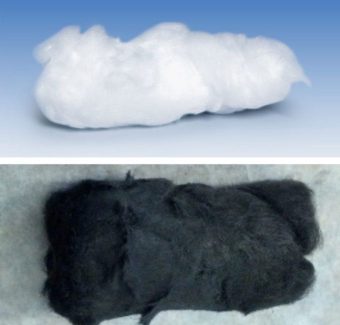
Researchers at Rice University have developed a simple water filtration material so effective that a single gram of it can treat up to 83,000 liters of contaminated water, after which it can be washed with vinegar and reused.
After a trip to India, where he saw the connection between e-waste and groundwater contamination as a high-schooler, and then working with Rice chemist Andrew Barron, Perry Alagappan, now an undergraduate student at Stanford University, developed a potentially lifesaving filter that has been shown to remove up to 99% of the toxic heavy metals in treated water samples, including lead, copper, cadmium, mercury, and nickel.
The filter material is made from carbon nanotubes which are grown in place on a substrate of quartz fibers (“quartz wool”) and are “then chemically epoxidized.” According to lab tests, the resulting SENT (supported-epoxidized carbon nanotube) filters, when scaled up, are able to quickly ( In addition to being effective and reusable, the new filter uses inexpensive raw materials (“a cost under $0.25/g including materials and manufacturing costs”) and relies on a fairly easy and common skill — the making of vinegar — to keep it functional and reusable.
“Every culture on the planet knows how to make vinegar.”
“This would make the biggest social impact on village-scale units that could treat water in remote, developing regions. However, there is also the potential to scale up metal extraction, in particular from mine wastewater.” – Andrew R. Barron, Department of Chemistry, Rice University
For his ongoing research and developments, Alagappan has taken home the top spot in the Environmental Science category of the 2014 Intel International Science and Engineering Fair, and was recognized with the award of the 2015 Stockholm Junior Water Prize.
Source: cleantechnica.com



